Historic floor questions, thoughts and opinions welcome!
Claire Cabrera
2 years ago
Related Stories
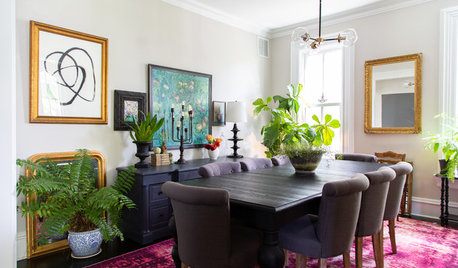
MY HOUZZThoughtful Refresh for a Historic Home in Illinois
A couple — a boutique owner and a contractor — unearth structural gems original to their 1880s Chicago-area Victorian
Full Story
GREEN BUILDINGConsidering Concrete Floors? 3 Green-Minded Questions to Ask
Learn what’s in your concrete and about sustainability to make a healthy choice for your home and the earth
Full Story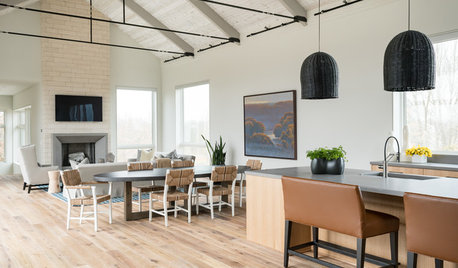
ARCHITECTURE5 Questions to Ask Before Committing to an Open Floor Plan
Wide-open spaces are wonderful, but there are important functional issues to consider before taking down the walls
Full Story
REMODELING GUIDESYour Floor: An Introduction to Solid-Plank Wood Floors
Get the Pros and Cons of Oak, Ash, Pine, Maple and Solid Bamboo
Full Story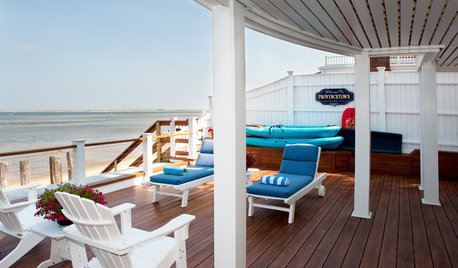
HOUZZ TOURSMy Houzz: A Summer Beach House Charms and Welcomes
An expansive, thoughtful renovation transforms a humble 1870s house on Cape Cod into an inviting place for living and entertaining
Full Story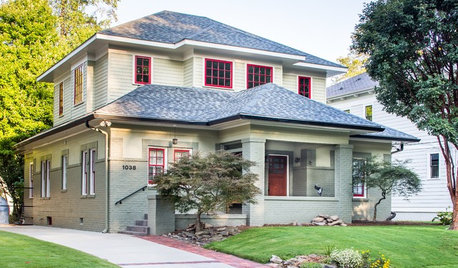
CRAFTSMAN DESIGNHouzz Tour: Thoughtful Renovation Suits Home's Craftsman Neighborhood
A reconfigured floor plan opens up the downstairs in this Atlanta house, while a new second story adds a private oasis
Full Story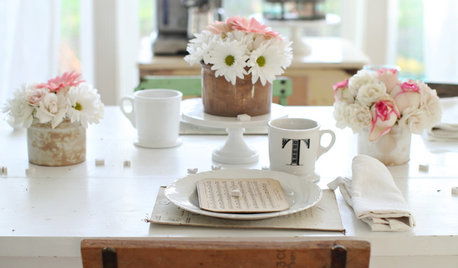
ENTERTAININGSummer Living: How to Welcome Weekend Guests
Thoughtful touches and smart planning make summer visitors feel right at home
Full Story
FLOORSWhat to Ask When Considering Heated Floors
These questions can help you decide if radiant floor heating is right for you — and what your options are
Full Story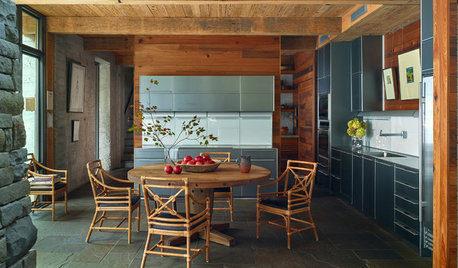
KITCHEN DESIGNNew This Week: 3 Woodsy Kitchens That Welcome You In
Wood tones, stone floors and lots of blue create a warm, stylish departure from the all-white kitchen
Full Story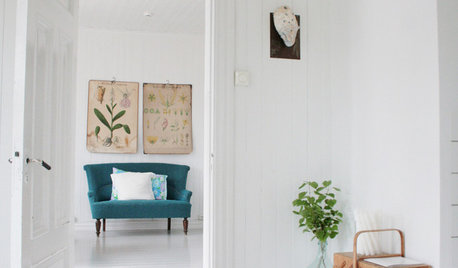
FLOORSDIY: Paint Your Floor for a Fresh Update
Sleek white paint, black gloss or rustic checks can be welcome alternatives to that old, worn-out carpet
Full Story


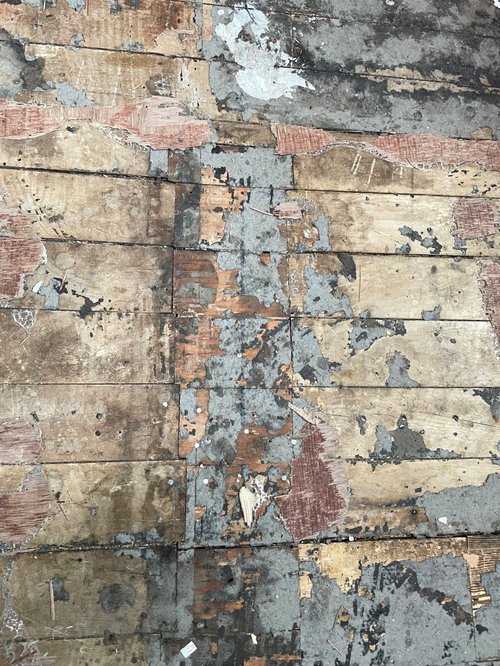
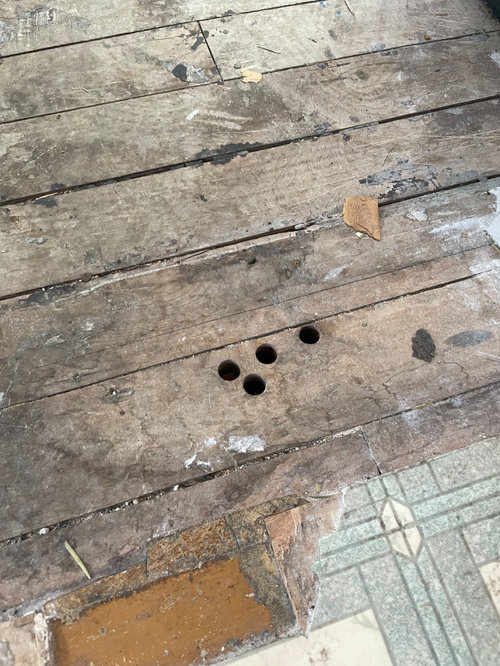
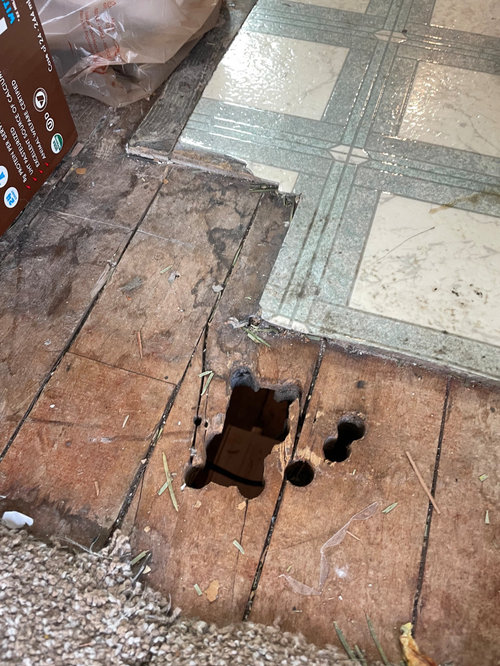
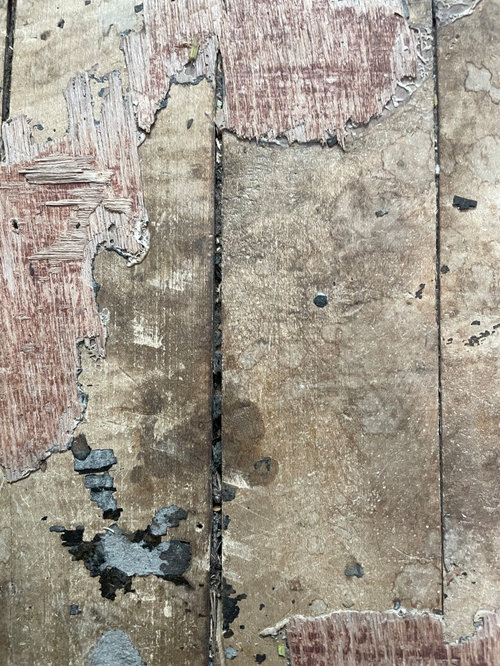
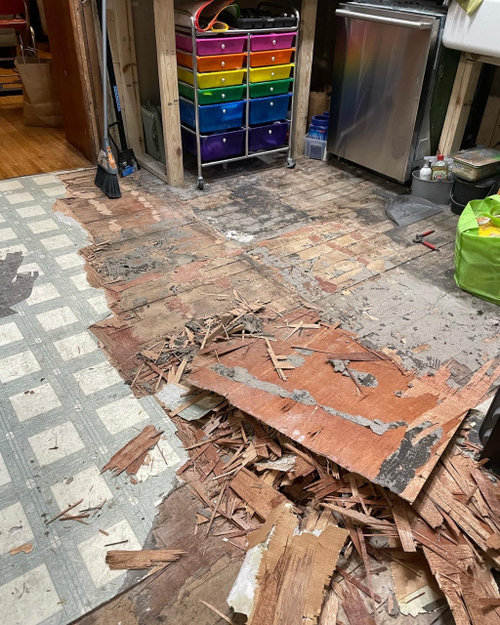
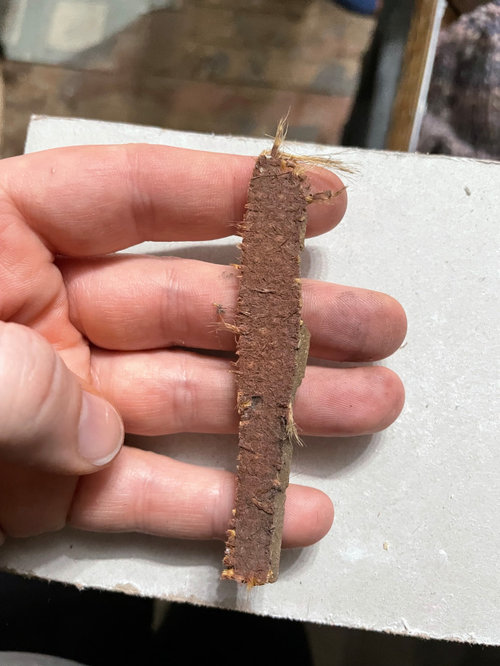





roarah
Claire CabreraOriginal Author
Related Discussions
Just Listed- Opinions & Suggestions Welcome
Q
Kitchen Layout for my new house - All thoughts welcome
Q
Kitchen in 1700's home - thoughts welcome
Q
New Flooring Help-Opinions Welcomed!
Q
millworkman
Claire CabreraOriginal Author
Seabornman
Seabornman